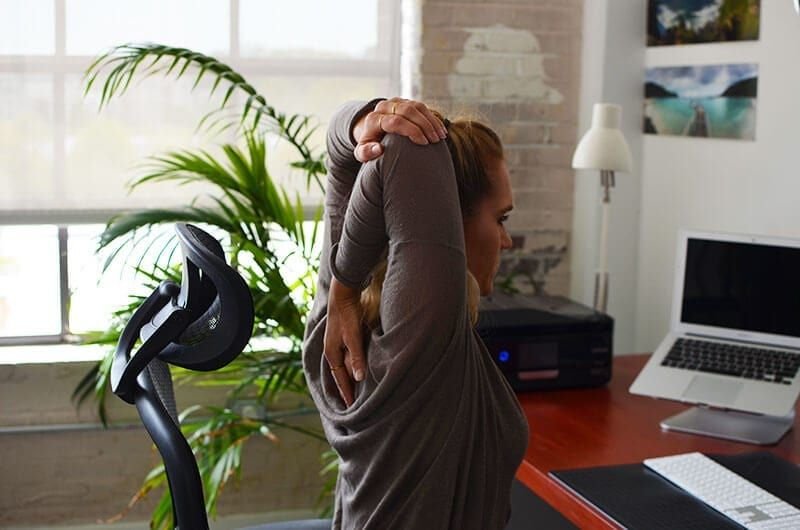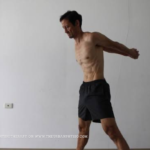In today’s fast-paced world, many people struggle to find time for long, dedicated workouts. Between busy jobs, family commitments, and other daily responsibilities, maintaining a consistent exercise routine can seem daunting. Enter exercise snacking, a revolutionary approach that breaks up workouts into smaller, manageable chunks throughout the day. This method allows people to fit in physical activity without needing to carve out long blocks of time, making fitness more accessible for those with packed schedules.
What Is Exercise Snacking?
Exercise snacking refers to performing short bursts of physical activity throughout the day, rather than doing one longer workout session. These “snacks” can be as short as 5-10 minutes, making it easy to integrate movement into everyday life. The idea behind this approach is that accumulating small periods of exercise can lead to the same health benefits as longer, continuous workouts.

For instance, instead of aiming for a 30- or 60-minute gym session, you might do a 5-minute brisk walk before work, 10 minutes of bodyweight exercises during your lunch break, and another 10 minutes of stretching or core work in the evening. These short bursts add up, keeping you active even on your busiest days.
The Benefits of Exercise Snacking
1. Improved Cardiovascular Health
Research shows that short bursts of exercise can significantly improve cardiovascular fitness. A study conducted by the University of British Columbia found that even brief bouts of climbing stairs for a few minutes several times a day improved cardiorespiratory fitness over six weeks. Exercise snacking increases heart rate multiple times a day, which helps condition the heart and lungs without requiring extended workout sessions.
2. Weight Management
While exercise snacking may seem like too little to impact weight, it can contribute to overall calorie burn. Small amounts of physical activity throughout the day help maintain an active metabolism, contributing to weight maintenance or gradual weight loss when combined with a healthy diet. It’s an easy way to stay physically engaged even when there’s little time to spare.
3. Increased Flexibility and Muscle Strength
Breaking exercise into smaller chunks allows for flexibility and variety. For example, one snack could focus on strength training (like squats or push-ups), while another could target flexibility (like stretches or yoga poses). This balance can help maintain muscle tone and flexibility, preventing stiffness from prolonged sitting.
4. Boosted Energy Levels
Regular movement, even in short bursts, has been shown to increase energy levels throughout the day. A quick round of exercises can elevate your mood, enhance focus, and counteract the fatigue associated with prolonged sitting or working at a desk. Many people find that these short, frequent sessions prevent the afternoon slump and make them feel more energized.
5. Increased Adherence to Exercise
Exercise snacking makes fitness more approachable, especially for those who find it hard to commit to long workouts. It removes the pressure to dedicate long periods of time to exercise, which increases the likelihood of sticking to a routine. People who struggle with motivation may find it easier to tackle short bursts of activity rather than committing to a full hour of exercise.
How to Incorporate Exercise Snacking Into Your Day
1. Take Advantage of Breaks
Use small windows of time during your day to fit in exercise. This could include doing squats while waiting for your coffee to brew, walking around the block during lunch, or doing 5 minutes of stretching while on a phone call. These opportunities add up and can make a significant difference over time.
2. Set Reminders
Set reminders on your phone or computer to take movement breaks throughout the day. Every hour, stand up, stretch, or do a quick exercise like jumping jacks, lunges, or wall push-ups. These short breaks help counter the effects of prolonged sitting and keep you active.
3. Use Everyday Activities
Incorporate exercise into daily tasks. For example, take the stairs instead of the elevator, park further away from your destination, or do calf raises while brushing your teeth. These micro-activities keep you moving without requiring extra time.
4. Focus on Full-Body Movements
When snacking on exercise, prioritize movements that engage multiple muscle groups to get the most benefit in a short amount of time. Exercises like squats, push-ups, lunges, and planks work several areas of the body and provide an effective full-body workout in just a few minutes.
5. Be Consistent
Like any fitness routine, consistency is key. While exercise snacking makes staying active more manageable, you’ll see the most benefits by doing it regularly. Aim for at least three to five short sessions of exercise snacking throughout the day, but even one or two can make a difference.
Conclusion: A Realistic Approach to Fitness for Busy People
Exercise snacking is an innovative and accessible way to stay active, no matter how busy your schedule is. By breaking up workouts into smaller, more manageable chunks, it becomes easier to fit exercise into your day and stay consistent. With benefits ranging from improved cardiovascular health to increased energy levels, exercise snacking offers a practical solution for maintaining fitness on the go.
The beauty of exercise snacking is that it doesn’t require a gym, special equipment, or even large blocks of time. All it takes is a few minutes, a willingness to move, and the understanding that small, consistent efforts can lead to big health improvements.





